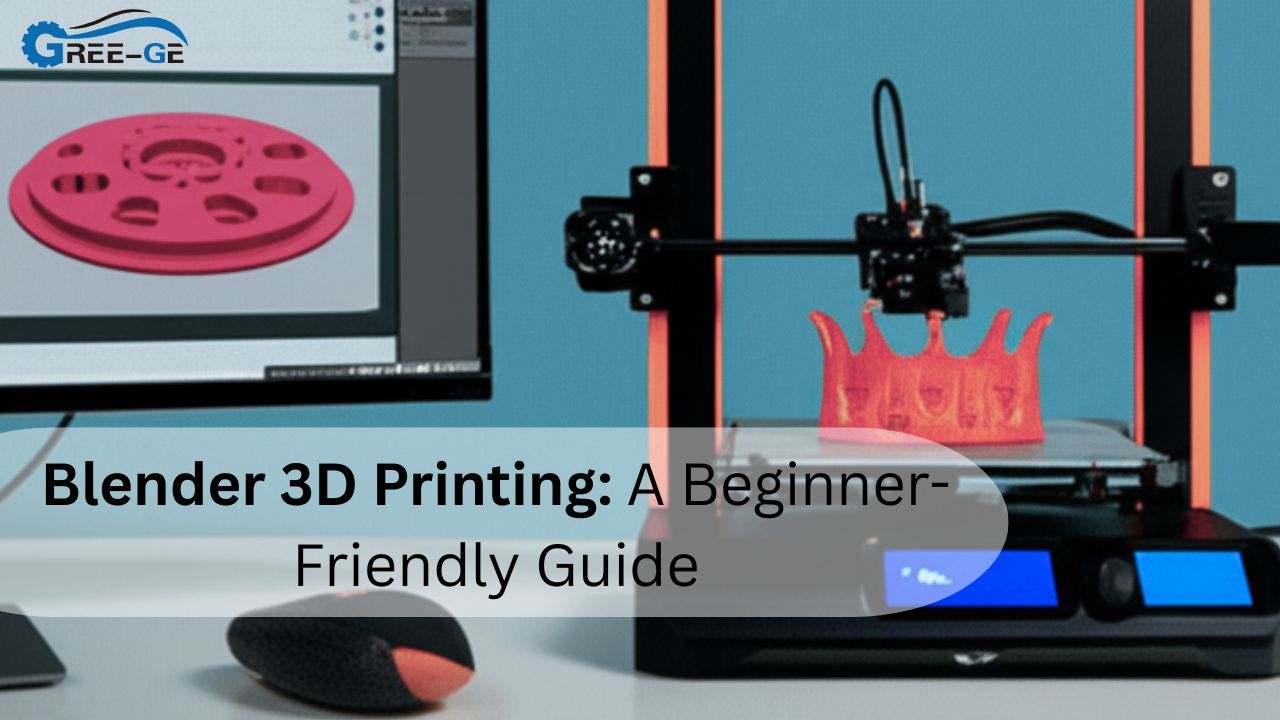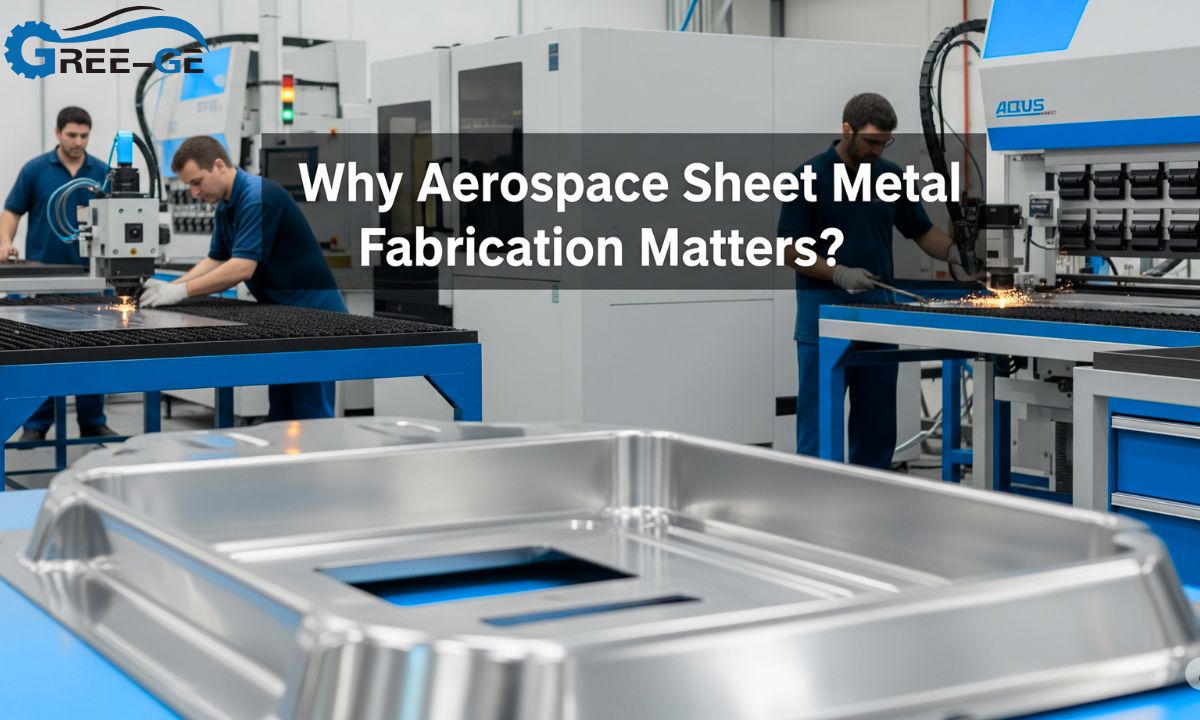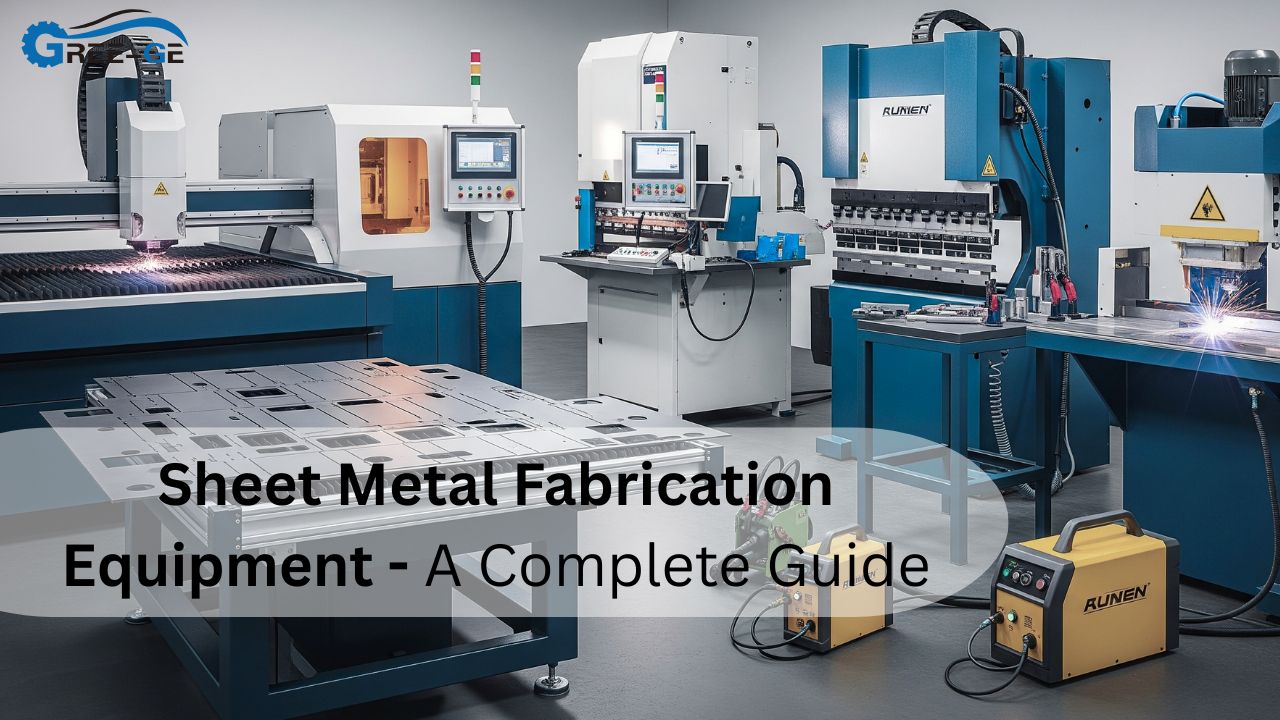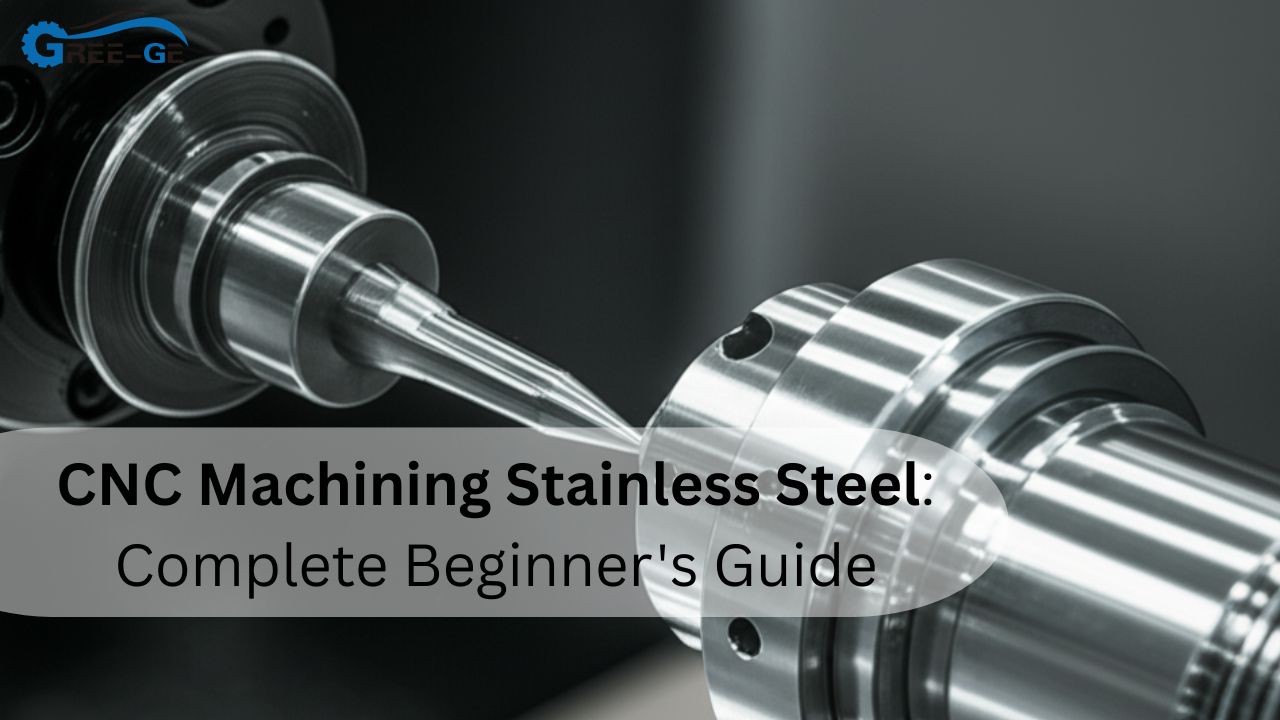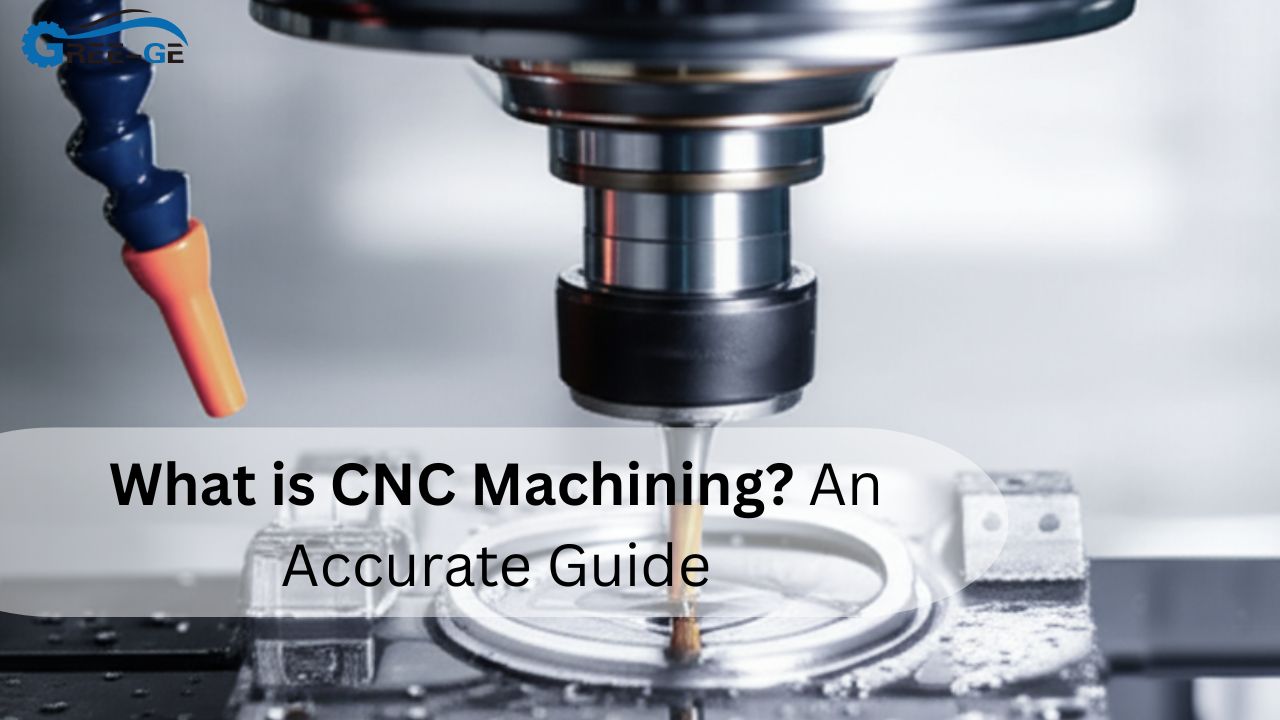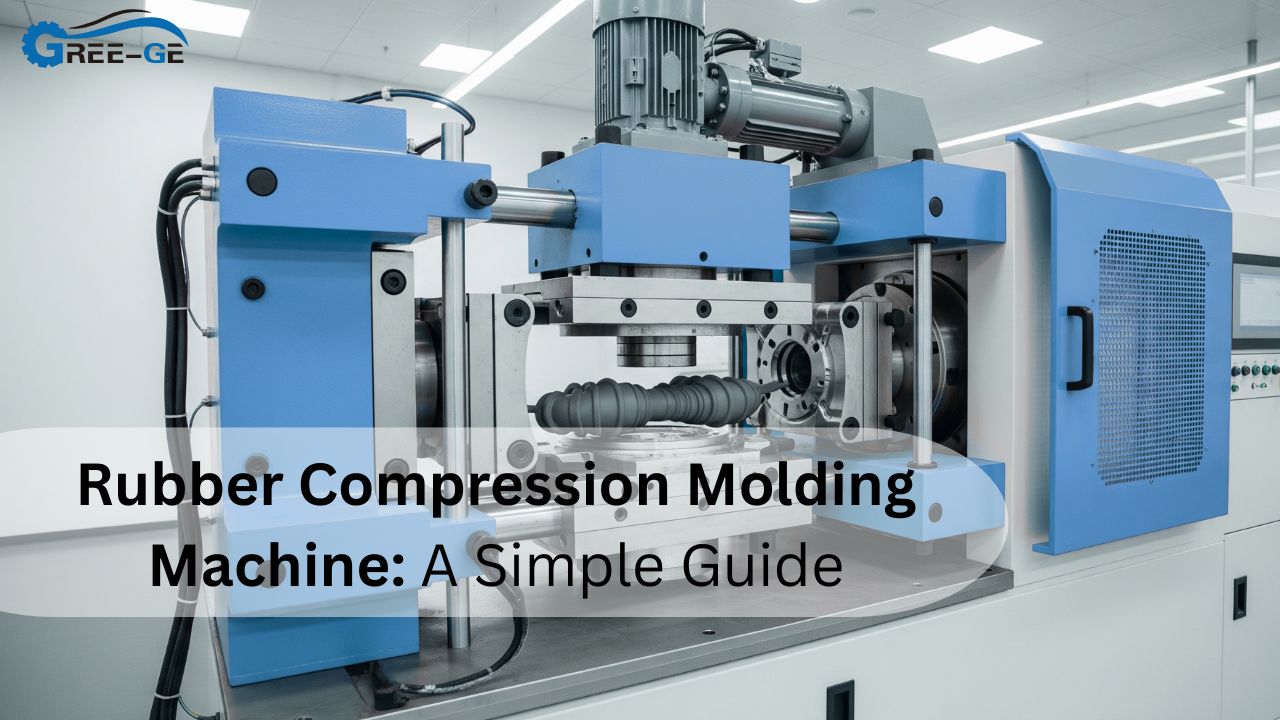Plasma cutting, cutting of electrically conductive metals through speed and precision is one of the commonly adopted techniques. It is a part of numerous fabrication processes used in industries. Such as automotive, heavy machinery, construction, and aerospace. Yet behind the efficiency of the technique is a complicated complex of components that operate together in perfect synergy- plasma cutting machine parts.
In this complete guide, we will detail the key parts of a plasma cutting system, their operation, major tips to keep them in their best condition, and how these components compare to other options like laser cutting, Laser Tube Cutting and CNC metal cutting machines.
What is Plasma Cutting?
Plasma cutting is a thermal cutting process that uses an accelerated jet of hot plasma to cut electrically conductive materials such as steel, aluminum, brass, and copper. The technique depends on the action of electrical arc and compressed gas to generate plasma that can achieve temperatures of up to 25,000°C.
Their ability greatly depends on effectiveness and quality of the separate units constituting the machine.
Core Plasma Cutting Machine Parts
The following is a list of essential plasma cutting machine parts that render the process accurate and consistent:
Plasma Torch
The cutter has a business end called the plasma torch. It focuses the plasma arc onto the workpiece. It comprises:
- Torch Body: Supports the inner parts together and contacts power and gas lines.
- Nozzle: Forms and narrows the plasma arc. It has a direct impact on the quality and precision of a cut.
- Electrode: The electrode conducts electricity to establish the arc.
- Swirl Ring: Regulates the movement of the plasma gas, resulting in a twirling movement, enhancing stability of the arc.
- Shield Cap: This is placed on the nozzle and the workpiece to guard against metal splatter, and to enhance cut quality.
On-going care of the torch, timely replacement of consumable items (such as nozzles and electrodes) improves performance.
Power Supply
The power supply unit delivers constant DC current to maintain the plasma arc. The power source can vary between 30 amps and 800+ amps, depending on material and thickness being cut. More sophisticated power supplies enable automatic amperage control, and programmable optimized cutting.
Arc Starting Console (ASC)
The ASC produces a high voltage, high frequency spark that ignites the plasma arc between the electrode and the nozzle. This pilot arc is subsequently transferred to the workpiece. the plasma arc between the electrode and nozzle. This pilot arc later transfers to the workpiece.
Gas Supply System
In this system, the movement of gases that form the plasma arc, e.g., air, oxygen, nitrogen, argon, or hydrogen, is governed. Selection of gas is dependent on application and material. Some key elements are:
- Regulators: Maintain consistent pressure.
- Filters: Remove moisture and contaminants.
- Valves: Direct gas flow.
- Mixing Chambers: Used in multi-gas systems for custom cutting profiles.
Clean, dry, and properly pressurized gas is essential for precise cuts.
Cooling System
Plasma arc temperatures necessitate efficient cooling. Plasma torches are water-cooled and utilize chillers to recirculate coolant to avoid overheating. Smaller systems are air-cooled instead.
A typical cooling system consists of:
- Water pump
- Radiator or heat exchanger
- Coolant reservoir
- Flow sensors
Frequent service helps avoid damage by overheating of essential components.
CNC Controller
In automated processes, a CNC metal cutting machine or cnc laser cutting machine has a motion control mechanism that moves the torch in predetermined paths. CAD files, G-code and operating parameters can be interpreted by the CNC controller which overlaps them to make precise repeatable cuts.
The controller communicates with:
The controller interfaces with:
- Stepper or servo motors
- X-Y-Z gantry
High-level systems support nesting, kerf compensation and on-the-fly error recovery.
Work Table and Support Structure
The cutting of metal sheets occurs on the work table. It includes:
- Water Table: Conducts heat and recovers slag.
- Downdraft Table: fumes are removed by suction.
Optional Parts or Advanced Parts
Other parts of plasma cutting machine includes:
Torch Height Control (THC)
THC keeps the torch at an optimum distance to the workpiece which balances irregular material surfaces.
Dual Gas Systems
Certain high-performance systems utilize two gases, one to stabilize the plasma, the other to shield. This provides better-cutting stainless steel and aluminum.
Software Systems
Modern plasma cutters have added on software to:
- CAD/CAM integration
- Real-time diagnostics
- Remote monitoring
They also facilitate comparison with other technologies such as laser cutting and Laser Tube Cutting by enhancing precision via software calibration.
Comparison of Plasma vs Laser Cutting Technology
Plasma cutting machine components are designed to cut fast and materials. Laser cutting is far more superior when it comes to cutting thin materials and fine details.
| Feature | Plasma Cutting | Laser Cutting |
| Material Thickness | Up to 2 inches | Best below 0.5 inch |
| Speed | Faster on thick metals | Slower but precise |
| Cost | Lower | Higher setup cost |
| Precision | Moderate | Very High |
| Maintenance | Torch consumables | Optics and alignment |
Industrial Uses of Plasma Cutting Machines
- Automotive: Chassis parts and suspension parts
- Shipbuilding: Hull plating and internal framing
- Material: Steel beams and panels
- Aerospace: Strong aluminum and titanium sheets
- Art & Signage: Bespoke metal art
The versatility of plasma cutting machine parts allows compatibility with robotic arms, gantries, and custom jigs, making it suitable for large-scale industrial tasks.
Conclusion
The best way to maximize performance and reduce downtime along with consistently high-quality output is to truly understand what your plasma cutting machine parts are doing. The amount of manufacturing that you are running. Whether it is a large scale manufacturing line or a medium size metal fabrication they all require attention to not only invest in the right parts but also keep them well maintained.
Plasma is still a cost-effective and a potent solution, recent technological processes manages to engage hybrid techniques. Such as laser cutting, cnc laser cutting machine and Laser Tube Cutting. The analysis of your requirements, material needs, precision, speed, and budget will help you to choose the best possible system to operate.
FAQs
What is the lifespan of plasma torch consumables?
Electrodes and nozzles may last anywhere from 1 to 6 hours of active cutting. High-end systems with clean gas and optimized settings can extend this further.
Is Laser Tube Cutting possible when using a plasma cutter?
No, Laser Tube Cutting involves laser technology, as it can create complex cuts and small detailing within and around cylindrical components. Plasma cannot be precise on tube interiors.
What’s the difference between air plasma and high-definition plasma systems?
Air plasma uses compressed air and is suitable for basic cuts. High-definition systems use oxygen or argon-hydrogen mixes for cleaner, more precise cuts and are common in industrial CNC metal cutting machines.
Do I need a height control system?
Yes, especially if you’re working with uneven materials or automated CNC systems. A Torch Height Controller ensures consistent arc length and reduces consumable wear.
Are plasma cutting machines safe for beginners?
With proper training and protective equipment, yes. Ensure adequate ventilation, eye protection, and understand all safety protocols. Automated systems with CNC controllers improve ease of use

